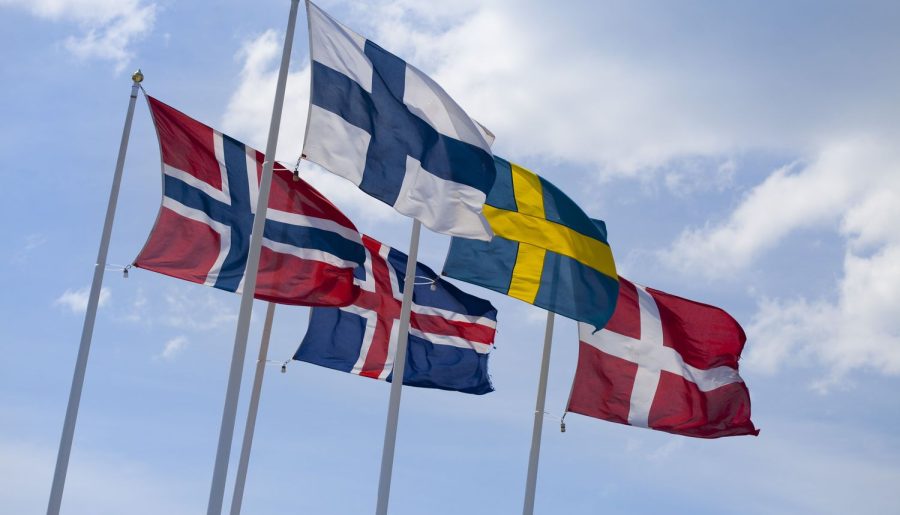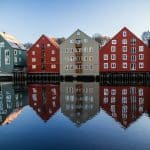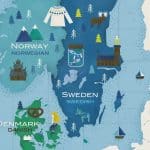Hej Guys, It’s Carly.
One thing that the Nordic countries, as a whole, are known for is their extremely similar flags.
Because a lot of people are confused by the Nordic flags, This post will explain the Nordic flags, why they are very similar, and other things.
The Daneborg – Standard Nordic Cross
The Nordic flags, all of them except 2 (which I will talk about later), all have a plain-color background with a cross. Some of them have outlines in the cross, and some don’t.
This pattern is called the Daneborg. Daneborg means “Danish Cloth” in Danish. It is also known as the Standard Nordic Cross.
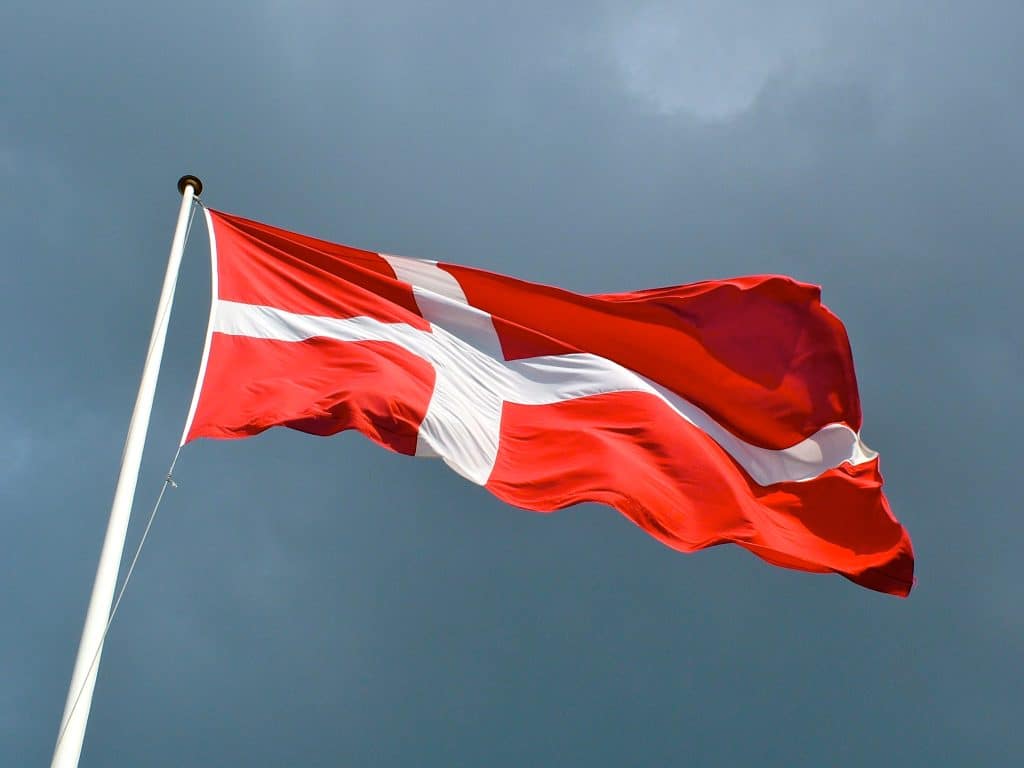
The reason behind this is that the oldest Nordic flag, and the oldest flag in the whole world that is still used to this day, is the Danish flag. It was used since 1625.
Next year that will be 400 years of the same flag! The other Nordic countries eventually had Daneborg-esque flags.
However, the Daneborg isn’t just limited to the Nordic countries themselves. Nordic provinces, like Skåne in Sweden, use their version of the Daneborg (Skåne is a red background with a yellow cross.
Note that if you do vise-versa, you get the Kalmar Union) some areas in Germany, Russia, and Estonia also use this flag pattern.
Some Nordic ethnic groups, like Forest Finns (descendants of Finnish Migrants who lived in Norwegian and Swedish forests after the fall of the Kalmar Union), use their own Nordic cross, which is yellow, green, and red.
Greenland and Sápmi
Out of the main 9 Nordic countries and territories, Two don’t use a Nordic cross flag. These 2 territories are Greenland and Sápmi.
Greenland’s flag is half white and half red. In the middle, there is a half-white and half-red circle, vise-versa to the flag’s colors.
The meaning of the Greenlandic flag is to show the equality between Ice and habitable land. This is ironic because 80% of Greenland has glaciers and, therefore, cannot be habitable.
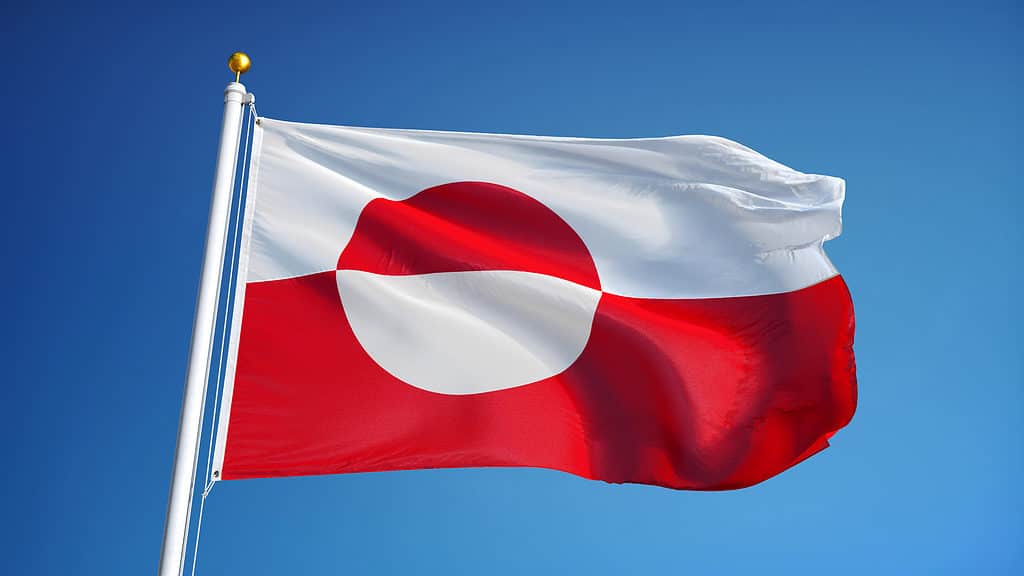
In contrast, Sápmi’s Flag has 4 colored stripes, 2 small and 2 large, with a half-red and half-blue circle.
The Sámi flag represents a lot of things. The colors represent the National Costume of Sápmi, the Gahkti.
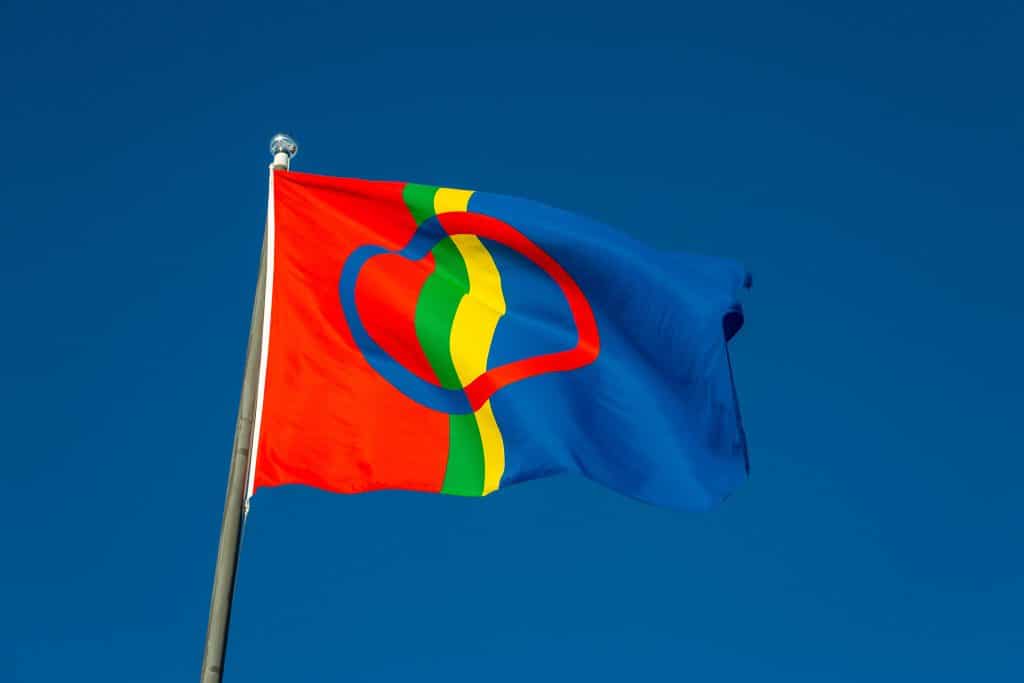
The circle represents the sun and moon, and I assume the stripes represent the 4 countries the Sámi reside in.
Another theory I have is that both of these areas are seeking independence, which is why they don’t use a Nordic cross, as Greenland is ruled by Denmark and Sápmi by 4 countries.
I also think it is because both of these places are associated with Indigenous Cultures. Greenland’s population is mostly Inuit, while Sápmi’s population is mostly either Sámi or Kven.
Historical flags
The 1st flag that is the closest equivalent to the modern Daneborg flags is the Kalmar Union, which was a union of the Nordic countries (minus Sápmi) after the fall of the Viking age and conversion to Christianity.
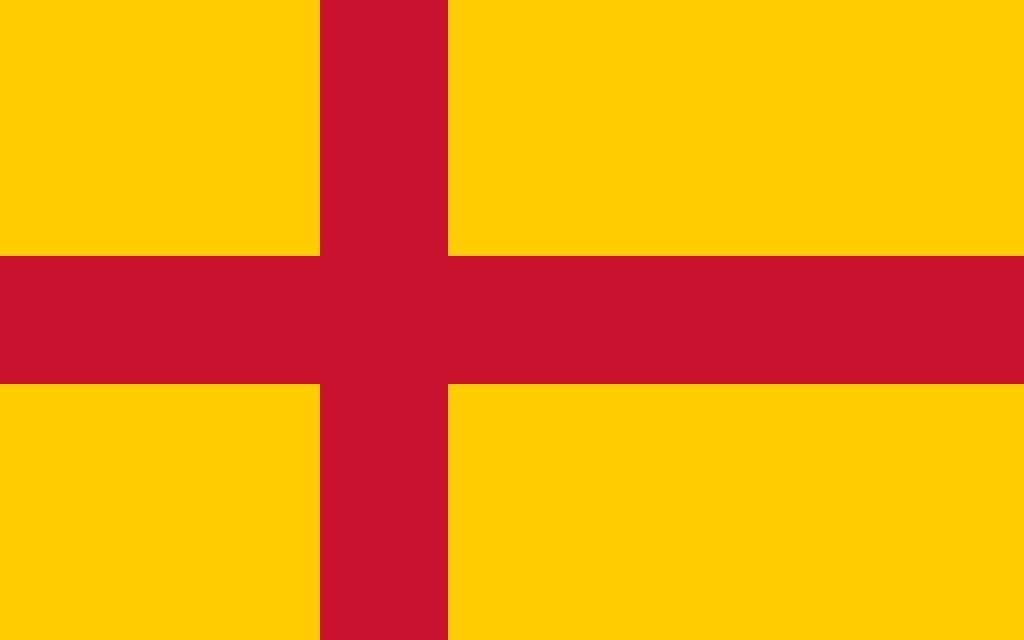
Some other historical flags included the Swedish Empire flag, which was just Sweden but with the coat of arms, the Norway-Sweden Union flag which was a combination of Norway and Sweden (we shouldn’t be surprised) and the old Icelandic flag until the 1900s was just a dark blue background with fish in the corner.
Before the Kalmar Union, Norway, Sweden, and Denmark all flew the same flag during the Viking age. This flag was white and had a black border and a raven. This flag was called the Raven Banner, which represents the Norse God Odin.
Norway also had a similar flag. Until the 1100s, Norway flew a flag that was just a red background with a lion.
This flag was later converted to a coat of arms, which Norway still uses to this day.
Hope you enjoy this!
